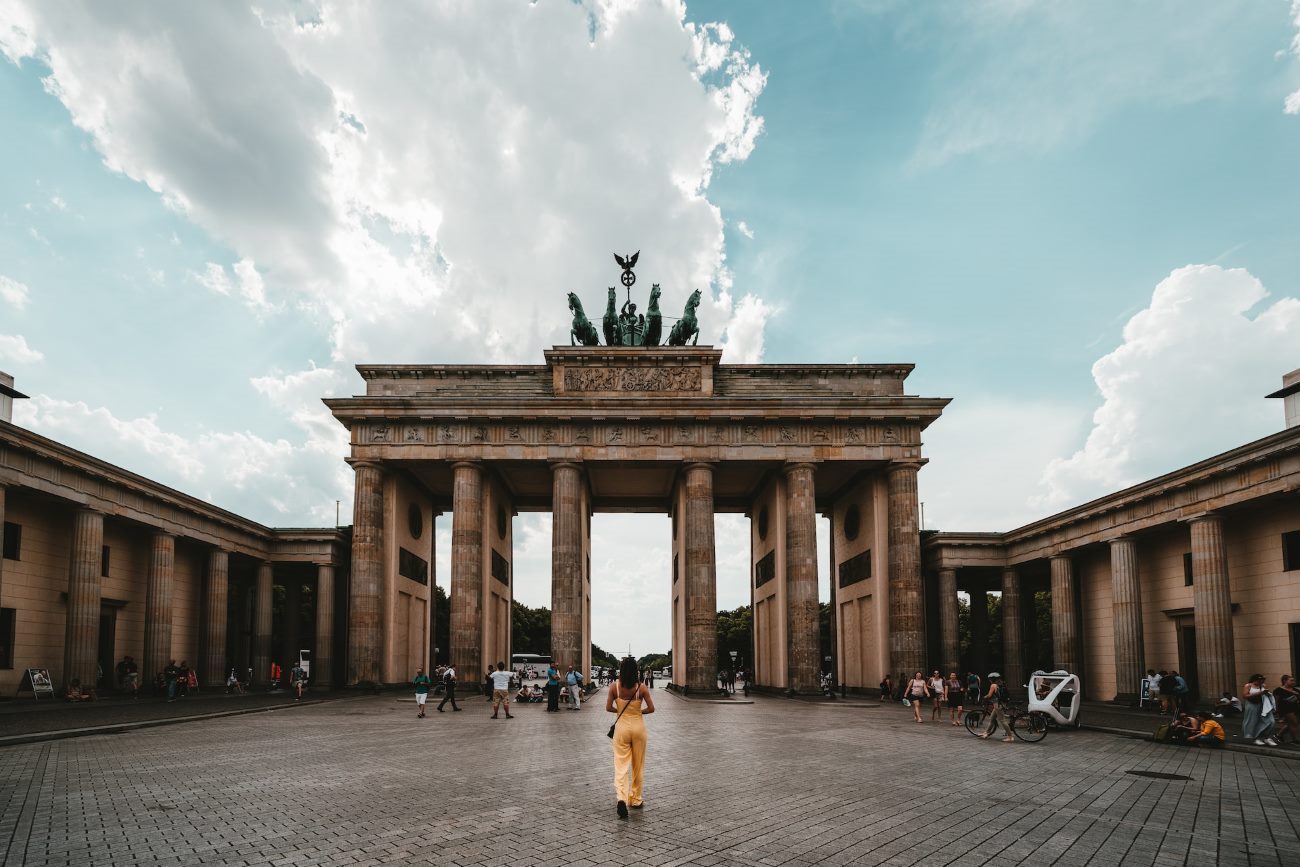How to Handle Cultural Differences as a Berlin Tour Guide?
Bienvenidos a Berlin, la capital alocada del país alemán. As a tour guide it is important to move aroud and be aware of all the different cultures of your clients. In this blog post we are going to talk about some very sound pieces of advice on how to deal with cultural differences staying enjoyable for all.
1. Embrace Cultural Awareness
Cultural knowledge is the key to a successful tourist escort which comes from different cultural backgrounds. Know that people are taught and helped in their homes to believe in certain things having to do with: their culture, their voice, our extra Elijah well being inspires voice for case car fat parent family both and. Keep a mind open and show real curiosity to know about the other cultures.
2. Research Your Audience
Before every tour, familiarize the country and culture of the people your visitors are coming from. Understand their way of life, traditions and simple etiquette. This information will enable you to change how you do your job the job to be done and make it my cultural requirements.
For instance, if your guests are from Japan you should know that they are fond of bowing in honor of you. Receiving them with a bow would be the more advisable and generous approach.
3. Communicate Effectively
When you deal with visitors, be goal-oriented in communication. Sometimes simply the language gap might be a problem, so speak in plain terms, speak clearly and do not use slang or jargons. Enhance the comprehension of the verbal communication with your use of visual aids, hand gestures as well as maps.
If you have the visitors of the non-English-speaking countries then useful it will be to learn a few simple phrases in its language. Easy sayings or say confess thank-yous prove to be quite effective in rendering feel of the welcome and comprehension for the visitors.
4. Be Mindful of Non-Verbal Cues
Besides spoken communication, non-verbal signals take a substantial role in intercultural communication. Be aware of nonverbal cues such as hand gestures and issues related to physical space which can be different in different cultures.
Too keep with local customs, do not point with your index finger, which can be considered impolite. Do not use a closed hand or fist gesture, use an open hand or a palm gesture.
Respect personal boundaries since various cultures perceive as invasive at different points. Keep a respectable distance and never invade someone’s personal area.
5. Sensitivity to Religious and Dietary Needs
Berlin appeals to a wide range of religious backgrounds of visitors. Be respectful of their iran religious beliefs and dietary needs. Know common restrictions such as halal, kosher or vegetarian.
When recommending restaurants or food places insure there is something suitable for everyone. Having a list of advisores dining place suitable to every consumer can be an important visitor.
6. Addressing Differences in Social Norms
Social norms differ very much between cultures. Realize what is welcomed in one nation may not be in another one. It is also key to always remember this when sharing tales or talking during the trip.
Attend to diversity, avoid assumptions and manage conversations to the point that they are inclusive of all while avoiding cultural misunderstandings.
7. Adapt and Respond to Feedback
Every tour is a learning experience for you. Solicite los comentarios de sus visitantes, más concretamente en lo cultural. Not that profoundly observe that heed their calls of action and volunteering beliefs, and do alterations as required.
Once you make a conscious decision to actively receive and apply feedback, you encourage a cultural understanding setting allowing each coming tour to take place even more magnificently.
Conclusion
As Berlin tour guide, cultural differences handling is a fundamental part of your job. Start training in cultural awareness, do background research, speak the language, remember about non-verbal signs, manage religious and diet-related requirements, follow local mores, and improve as per the feedback.
By doing so, you will not only deliver the unique experience at tourists, but also help to demolishing of cultural barrier and to fortify inclusive society. Happy guiding!
Table of Contents



